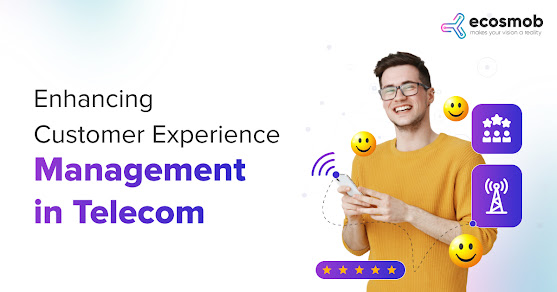If software development services companies do not adopt change, they will get overrun by
their competitors. This has become the new ground rule in the technology industry, as
modern software development trends change at lightning speed.
In a post-pandemic world, accelerated digitization has become the new normal. This makes
it critical for enterprises to keep a constant pulse on where the software development trends
are heading and strategize accordingly when they build apps.
Let’s analyze some significant trends that shaped the industry in 2021 and will continue to
create ripples in 2022:
Microservices
The adoption of Microservices is growing at a phenomenal pace. Tech watchers estimate
that by 2022, 90% of all apps will be developed using Microservices Architectures. The
deployment of the Microservices architecture enables software development services
teams to implement new features or make changes in an application without rewriting the
existing codebase in a big way. Microservices make apps easily scalable, enabling easier
growth and changes to keep pace with changing demand.
Many new microservices trends – like cloud adoption and frameworks – are taking root and
are expected to skyrocket in the coming year.
Progressive Web Applications
Ever since Google introduced Progressive Web Applications (PWA) in 2015, they have
taken the software development services world by storm. In the coming year, PWAs are
slated to be the next big trend in the mobile technology space. Using PWA custom
software development services companies can build apps that don’t need to be
downloaded in order to enjoy native-like app experiences on mobile devices.
PWAs are essentially web apps that offer the same experiences as native apps. They also
work on any platform, come pre-installed, and offer a regular desktop UI. PWAs are
generating huge interest because they are more responsive and cost less to build and
maintain. This makes them well-suited for startups. Also, PWAs help websites load in quick
time and also work offline in apps like Google Maps.
Tech experts project that PWA will soon replace web apps for good. As smartphone usage
surges, companies will be looking at revamping web applications into PWAs.
Single Page Application
There was a time when software development service companies developed only multi-page
web applications. When a user wanted to move from one section of an application to
another, a whole new page was loaded. Now, the world of app development has moved to
single-page applications (SPA).
SPAs are being touted as the most path-breaking trend in web development. These
JavaScript web applications load a single HTML page in a visitor’s browser and then simply
update content dynamically as per requirements, without refreshing the entire page.
The biggest advantage that SPAs bring to software development services is speed, and
speed is critical in today’s digital business world. Web load speeds have a direct impact on
conversion rates, revenue, and user experience. Besides, SPAs are cost-effective, easy to
create, consume less space on servers, and provide information efficiently on a single page.
End result: they work well for both users and developers.
JavaScript Frameworks
Javascript has emerged as the leading programming language of the world. According to a
study by Statista, about 68% of software engineers claimed to use JavaScript.
JavaScript gives life to web pages. Think of anything – be it ads, pop-ups, asynchronous
calls – it’s all powered by JavaScript. All newbie software developers embark on their coding
journeys with JavaScript. No other web development language has courted so much
success in the software development space.
JavaScript currently offers 1.4 million libraries for web developers to use. Besides, web
browsers now have separate JavaScript engines that result in faster page load times.
Semantic UI
This is a modern front-end development framework that has the potential to change the way
developers write code. The framework creates a unique language for sharing UI and aims to
empower developers to work better, faster, and more seamlessly.
Semantic UI is a new entry into the world of frameworks. But despite that, it has marched on
to become one of the most powerful front-end frameworks. What makes it a winner? Its
intuitive user interface and ease of use and functionality. Semantic UI makes codes self-
explanatory, which makes it easy for everyone – including newcomers – to understand the
framework. It also streamlines development processes for software development consulting
services by easily integrating with lots of third-party libraries.
With Semantic UI, developers can design nimble experiences and stylish user interfaces.
About Ecosmob
Ecosmob provides the service to hire expert VoIP developers to design and develop an
array of business communication solutions. With the right blend of expertise and decade-
long experience, developers can deliver the ultimate business telephony solutions to
enhance productivity and efficiency. Ecosmob assures flexible hiring models to help
businesses cater to their requirements according to their needs and budget.
For more information visit https://www.ecosmob.com/







